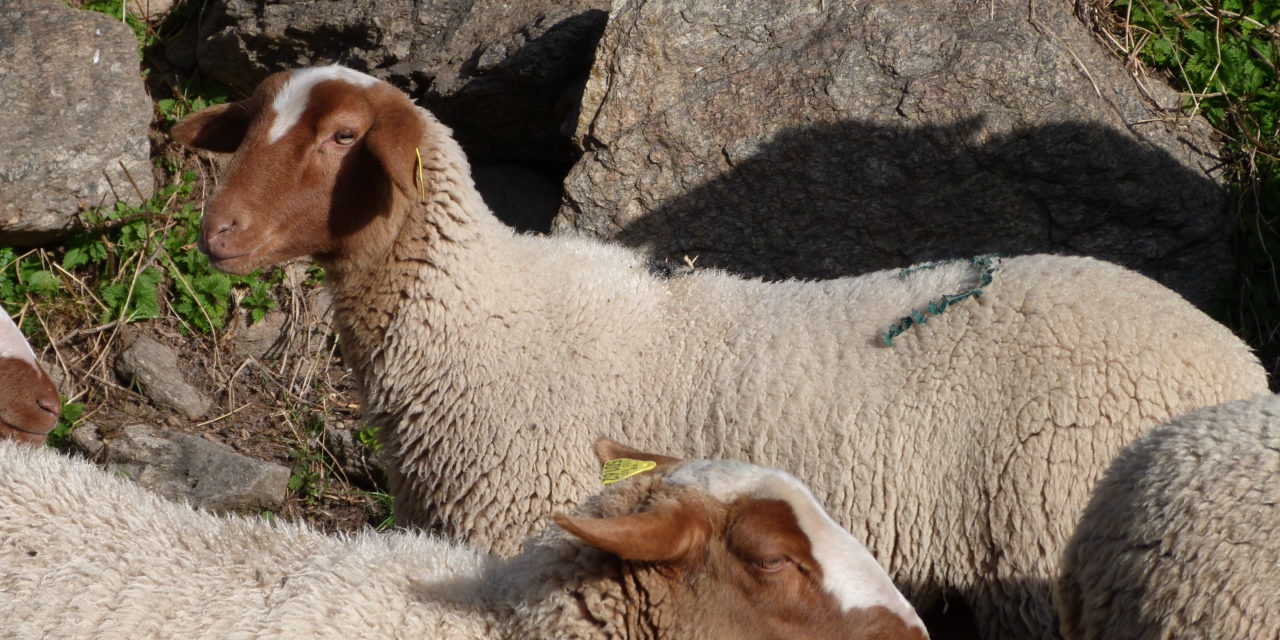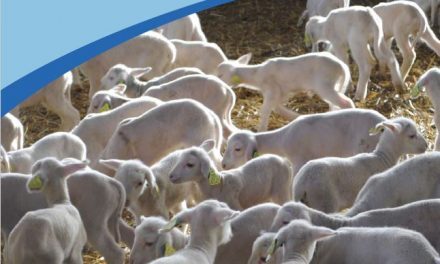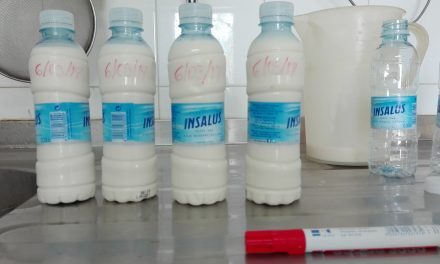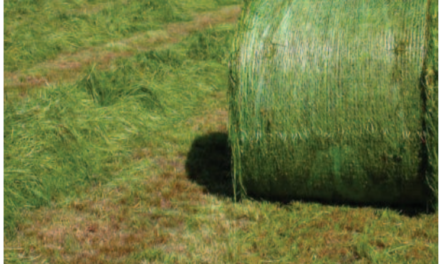This post is also available in:
![]()
![]()
![]()
![]()
![]()
Live weight of ewe lamb replacements at typical ages
Solution name: Live weights at typical ages for ewe lambs
Aim: to ensure ewe lamb fertility at first mating. To sort replacement ewe lambs from live weight references at standard age.
Description:
Selection of replacement ewe lambs takes place during these three periods:
- At weaning:keys for success are: sorting ewe lambs at weaning and creating a separate batch of lambs for meat. The preferred criteria are in decreasing order: minimum weight, physical aspect, milking value, fertility
Minimum weight at weaning for a live weight at adult 70kg
- 25 kg for weaning at 70/80 days and lactation in shed
- 25 kg for weaning at 100 days and lactation outside
- 28 kg for weaning at 120 days and lactation outside
- At 7 months: ewe lambs that weight less than 50 % of normal adult weight are sold for meat
- At mating: minimum weight needs to be 2 thirds of the adult weight, 47 kg for adult ewes of 70 kg. Below this live weight limit, the fertility rate is less than 33% (source: Idele 2014)
Topic: Nutrition / Management
Production: Dairy / Meat
Animal Category: Replacement
Issue: Growth target for a first lambing at one year of age, Knowledge of nutrition requirements in different stages of development
Level of Solution: Practical
Country of origin : France
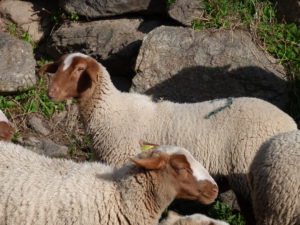
How to implement it
It is recommended to weigh all the ewe lambs, but it is also possible to weigh the least heavy ones to potentially separate them from the group.
Expected benefits
Achieving at least 80% of fertility from the first reproduction period
Prerequisites and/or limits
Creating a homogeneous group of ewe lambs, i.e. Where the age difference between the animals does not exceed 1 ½ months and makes this method easy to implement. It does however require a restraining system with a weighing scale.

